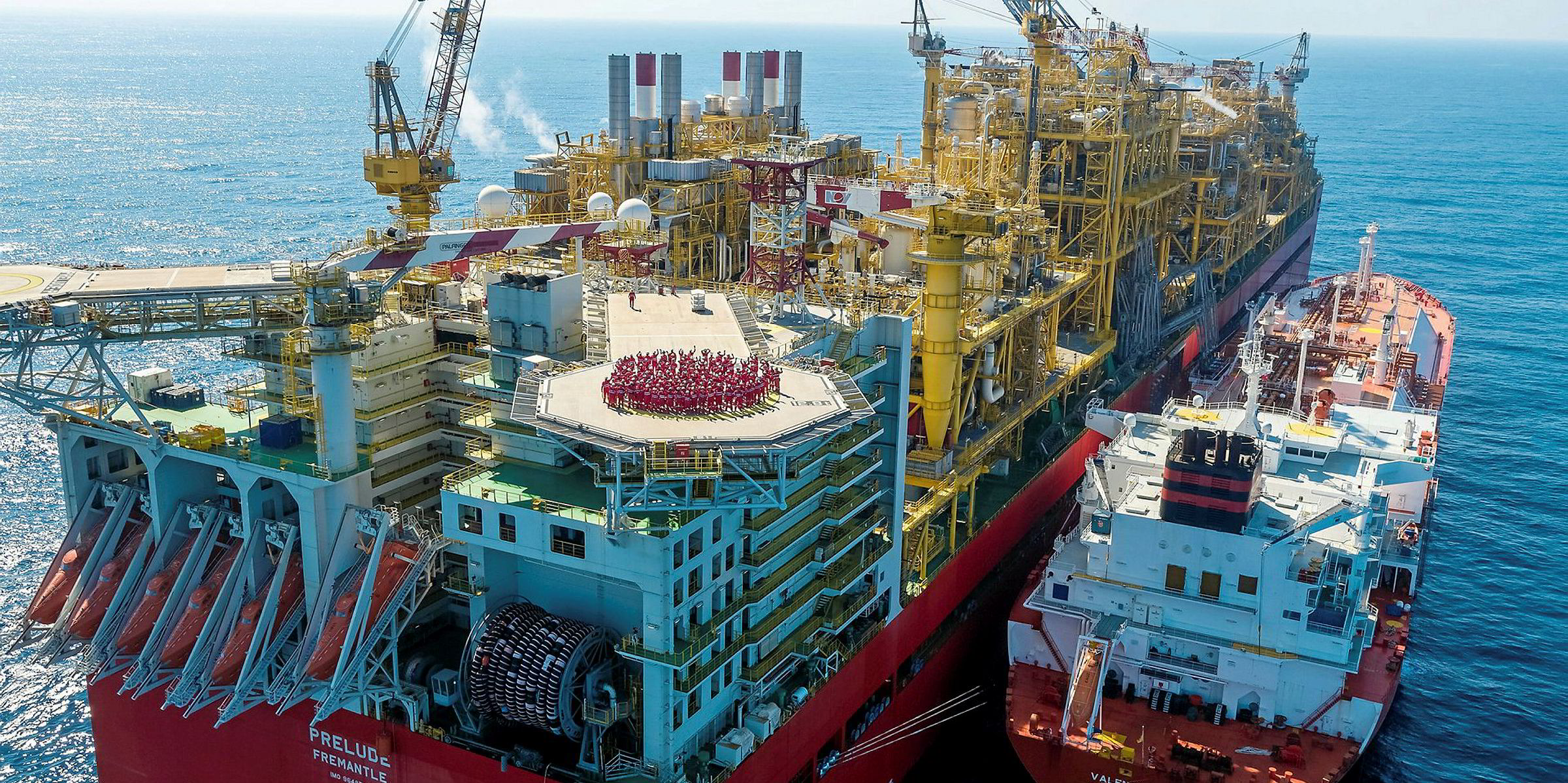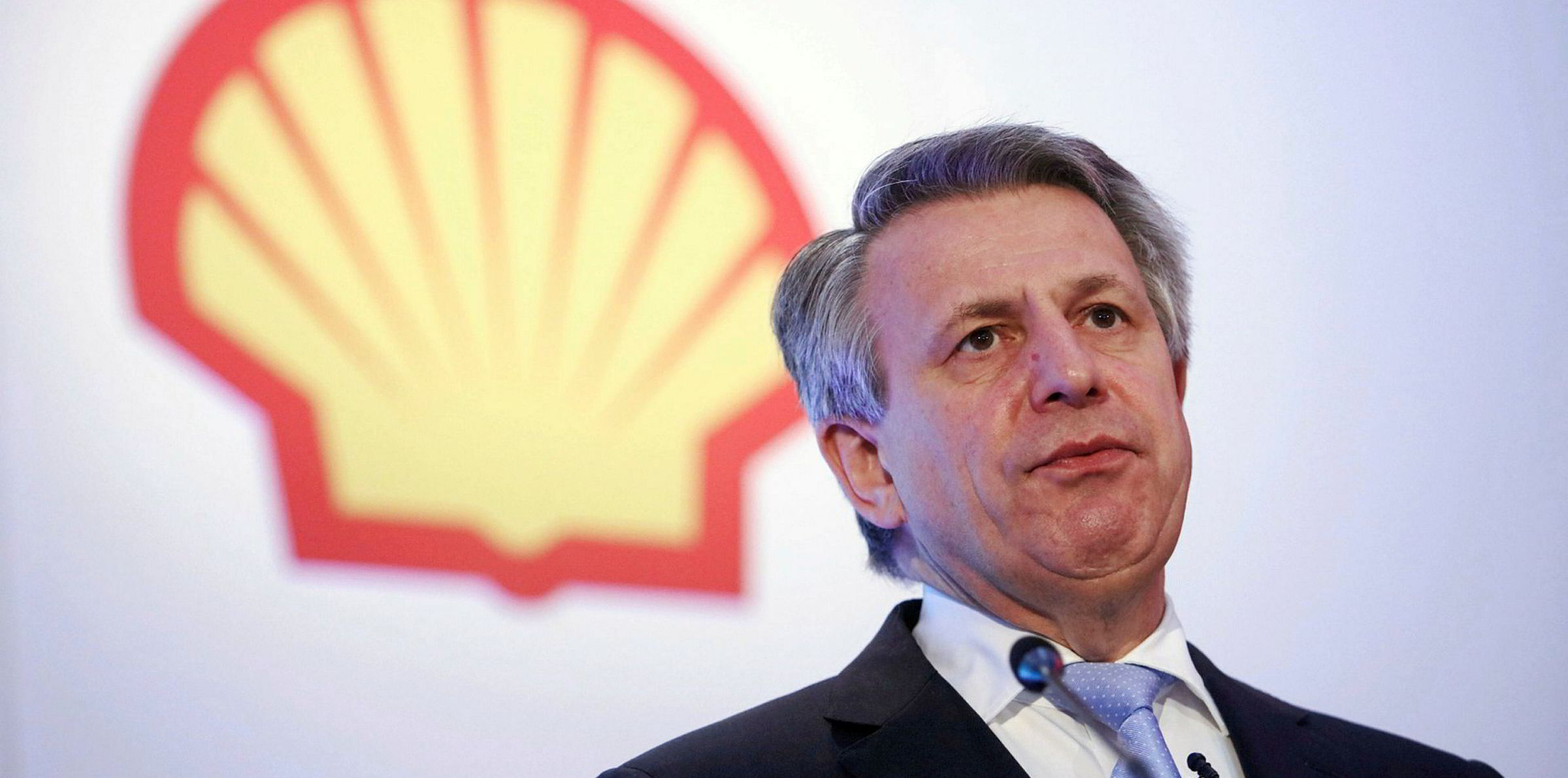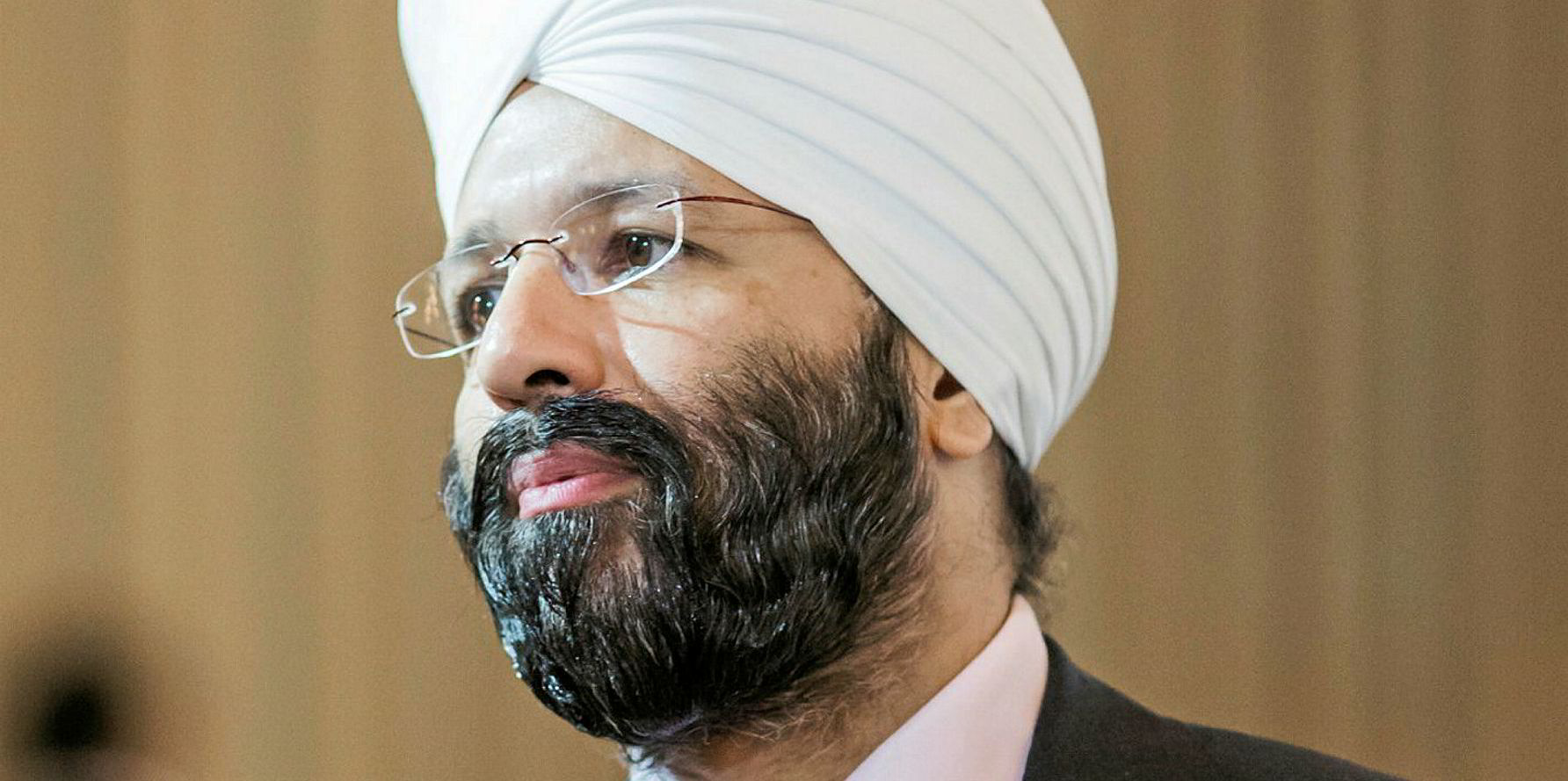You would not be mistaken for thinking the LNG bubble has burst, given the huge cash writedowns by gas producers in recent days.
And yet even as the world's biggest floating gas production system lies idle, operator Shell has this week signed a host of new gas shipping contracts.
So what’s going on? Certainly, there was much excitement 10 years ago when Shell first unveiled plans for the floating LNG leviathan longer than the Empire State Building was tall.
This giant gas producer costing more than $12bn was meant to be — as its name suggested — the Prelude to a host of sister vessels, if not a wider new gas bonanza.
The project fitted perfectly with what the International Energy Agency (IEA) billed as the coming “golden age of gas”.
LNG boom
And the wider shipping industry stood to be a huge beneficiary as an old international gas order dominated by pipelines and decades-long supply contracts broke down into a more dynamic ocean-based one, built around short-term or even spot market contracts.
An LNG shipping boom did take place and global demand for LNG grew as recently as last year by 12%, according to Shell and Clarksons Research.
Imports to Europe increased by nearly 75% as countries increasingly switched from coal to gas-fired power stations in a bid to reduce CO2 pollution and take advantage of cheaper gas — not least from the shale lands of the US.
All of this was predicted by the IEA but expectations have been upended by the coronavirus, plunging energy demands and low prices.
Prelude FLNG has been at a standstill since February (though largely due to technical problems) while its planned sister vessels have been shelved.
Late last month, Shell announced quarterly losses of $18bn, partly due to huge financial writedowns on the Prelude project.
Meanwhile European rival BP said on Tuesday that it would be cutting its oil and gas production by 40% between now and 2030.
These changes are partly to do with low energy prices, with Shell expecting sub-$60 per barrel oil by at least 2023.
But the oil majors are also desperately trying to meet the carbon reduction demands of the Paris climate agreement.
What does it mean for shipping — and in particular LNG? Is Prelude a white elephant and the golden age of gas a temporary mirage?
The quick answer is “no”, although Goldman Sachs says Prelude’s operating costs now exceed many low-cost land producers.
Newbuilding deals
Shell has this week signed up for more than $1bn-worth of new LNG tonnage, as my colleague Lucy Hine has reported.
The latest long-term charter deals for six new gas carriers to be built by Hyundai yards in South Korea brings its total tally to 14 since December.
Smart LNG, the Russian joint venture between Sovcomflot and gas producer Novatek, has just agreed to press ahead with building 10 new LNG ships for use in the Arctic.
Meanwhile, the use of LNG as a ship fuel has been rocketing, with Rotterdam port reporting a near 70% increase in the second quarter over the first quarter of this year.
All of that in the middle of a shipping slump caused by the pandemic.
Scaling back
But there is no doubt the LNG sector is taking a breather. It would be surprising if Qatar did not delay at least some of its planned $19bn-worth of gas ship orders in South Korea — the largest LNG newbuilding contract in history.
There have been reports that mining giant BHP is cutting back its plans for LNG-fuelled newcastlemax bulker newbuildings from 14 to five.
Clarksons' annual LNG market report out last month predicted trade growth would be cut to 1% in 2020.
Many of the more financially questionable LNG export schemes, in North America in particular, are on hold and may never be built.
There are still many who argue gas is not the fuel of the future due to its carbon content and the methane emissions that accompany it.
But LNG still remains a growth industry for shipping in the near to medium term, even if the more extravagant hopes around it — and Prelude — are dashed.










